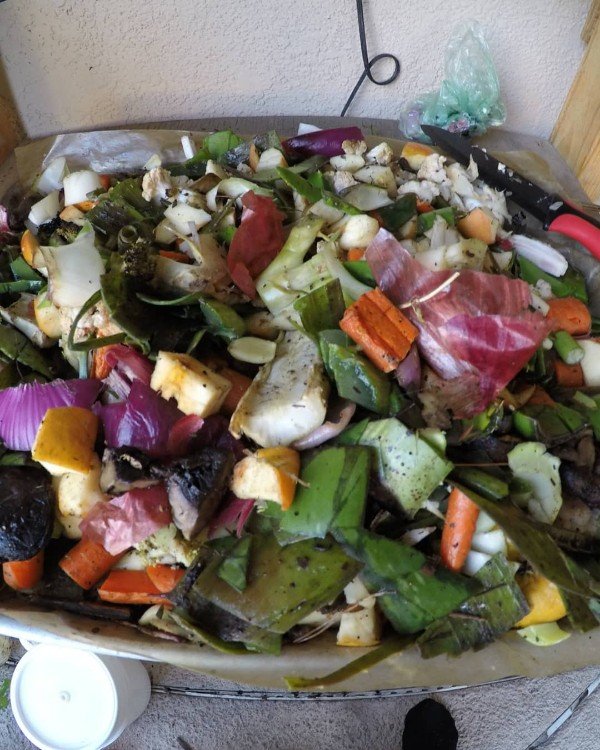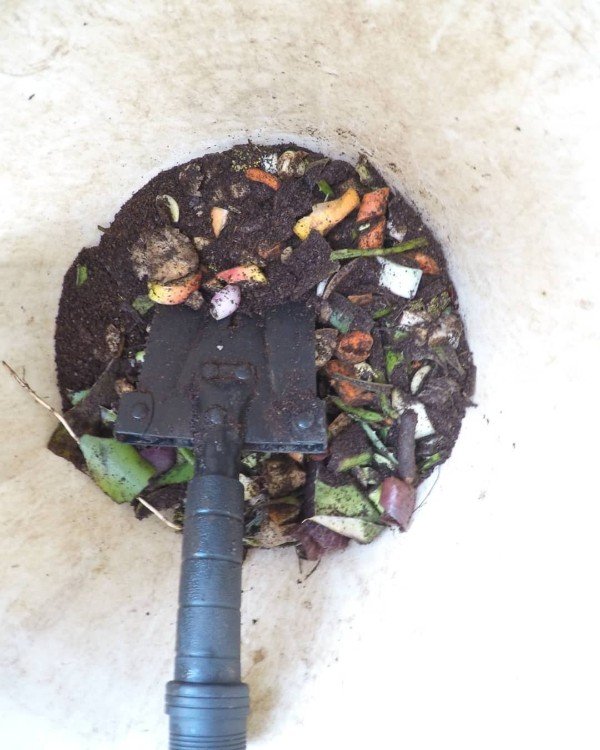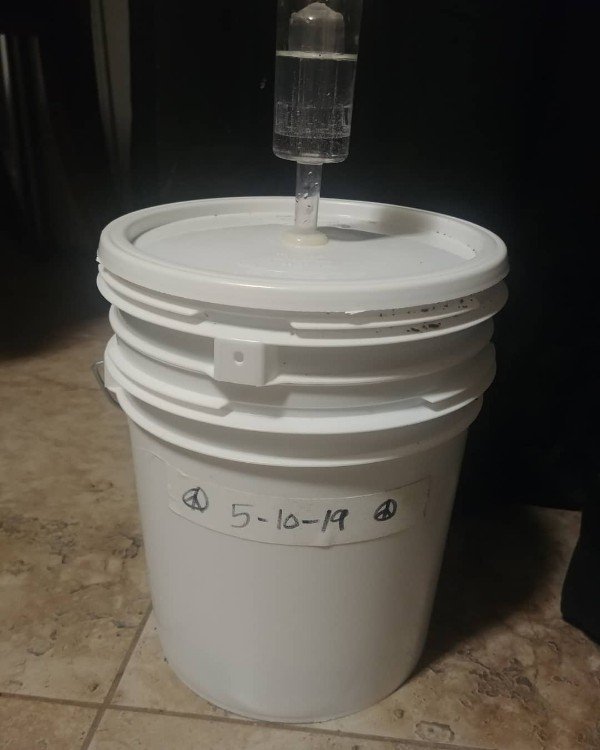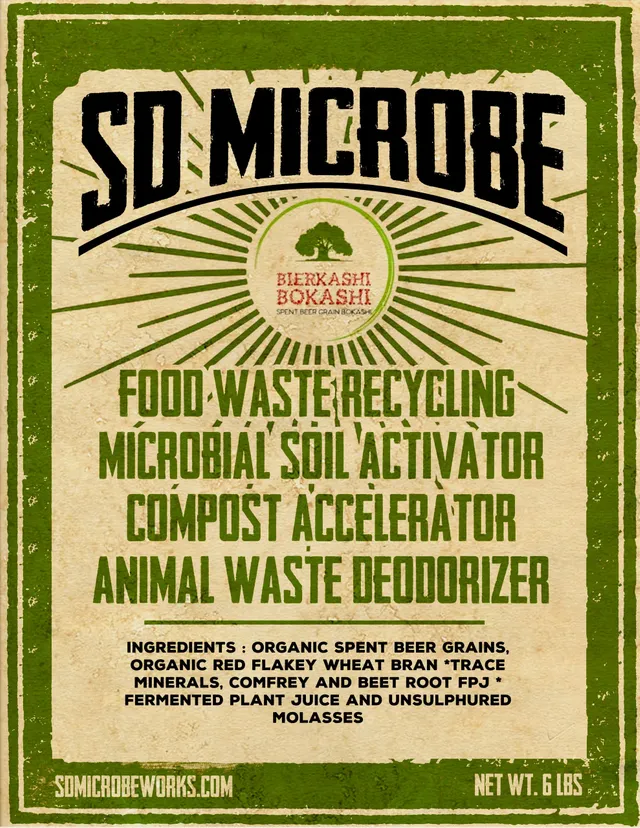Finally composting with Bokashi
Feeling cute might compost with bokashi later
The bokashi from https://sdmicrobeworks.com/ showed up just in time to help start our composting system.
This is a bokashi company out of San Diego that uses spent beer grains and red wheat bran to make this product that will help rapidly break down our food waste. This product that they offer is unique in many ways, namely the ingredients is worth noting:
Ingredients:
NEW~ ORGANIC Spent Beer Grains from Protector Brewing...
~Organic Red Flakey Wheat Bran
~EM1 Ceramics Terra Powder 1%
~ Azomite* Volcanic Rock dust trace minerals
~Dechlorinated Water
~LABS (Lactic Acid Bacteria)
~EM-1 cultures ( Active ingredients: Microorganisms: 1 million colony forming units/cc (units/ml), 1%: Lactobacillus plantarum, lactobacillus casei, lactobacillus fermentum, lactobacillus delbrueckii, bacillus subtilis, saccharomyces cerevisiae, rhodopseudomonas palustris.
~High Mineral Sea Salt
~FPJ (Fermented Plant Juices Comfrey *Beet Root Juice. Source
Soon, the goal will be to start making our own bokashi grains.
What is Bokashi?
Bokashi composting is an anaerobic process that relies on inoculated bran to ferment kitchen waste, including meat and dairy, into a safe soil builder and nutrient-rich tea for your plants.
Source
This is a very cute video below. These ladies are explaining bokashi further here.
I made some bokashi buckets a few days back from food grade supplies I acquired from a shipping company called Uline. There are many different ways and variations for this. The guy in the video below has a simple how to video on how to properly build a bokashi bucket for yourself which is similar to what I have created.
I started our bokashi composting system with food and garden waste scraps that were laying around the house including coffee grounds.
I had to chop the food scraps up as they were a bit chunky and I wanted more Bacterial Surface Area for the microbes to more effectively break down the food waste.

After cutting up the food waste I mixed the waste up with spent coffee grounds.

After mixing thoroughly, I then layered the food waste in the bokashi containers that I created. I layered one inch at a time then sprinkling a handful to two handfuls over each layer. I did this until filled to the very top. Once filled to the top I closed the lid and labeled it with the date it was created.

This is a 2-3 week fermentation process. I choose to use a airlock some don't. Each day I will drain the liquid from the container(s) and dilute with water and apply to the garden as well.
If I could back in time, this process is the process I would have started before planting any kind of plant.

You've been visited by @minismallholding from Homesteaders Co-op.
Thank you for sharing your journey in this. It seems to be a composting method which is gaining popularity. Good for those without the room for large scale composting, I guess. I've shared this post in the Homesteaders - Living Naturally, newsletter.
A community marketplace of ethical, handmade and sustainable products available for STEEM, SBD (and USD): https://homesteaderscoop.com
follow: @homesteaderscoop
Bokashi is something that is perfect for small spaces. If you have room for a trash can then you have room for a bokashi bucket!
The place I might move into will have access to large amounts of food waste and animal manure. Ultimate plan is to get a worm farm going and to feed the bokashi to the worms.
As far as animal manure goes bokashi is perfect for that and provides a safer alternative to just applying directly to soil.
Have you heard of worm inn bins?